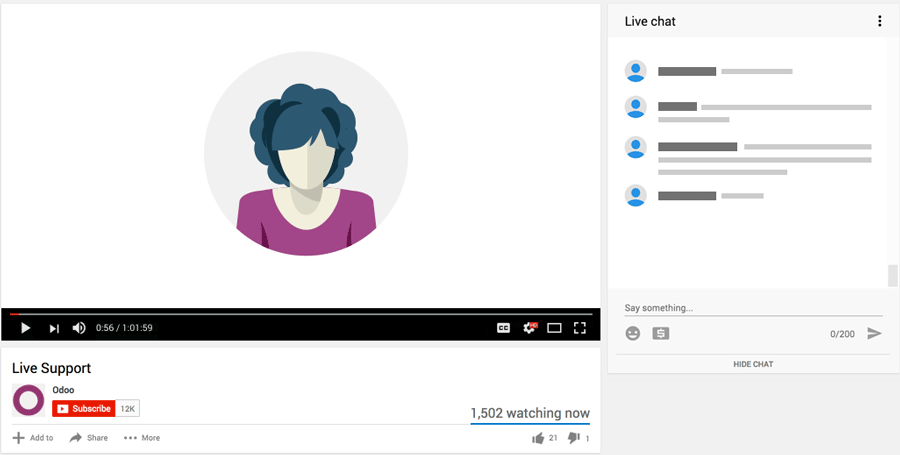The Email Setup Journey No One Warned Me About
This is a brain dump I wrote while waiting for customer support. Anyone else has similar experiences?
Something that should have been straightforward ended up consuming far too many hours of my life. I’m talking about setting up Odoo’s email traffic.
For those unfamiliar, Odoo is a suite of business apps (ERP) that includes CRM, Helpdesk, e-Sign, Accounting, and more. It’s the classic jack of all trades, master of none—but its real strength lies in integration. You can turn a support ticket into a lead, upgrade it to an opportunity, send an offer to sign, close the deal, issue the invoice, manage delivery, and even do your accounting—all in one place.
After using Odoo for about a month, I love it. Except for one thing: email configuration.
Why Email Still Matters
In the age of AI, personal contact with clients is key. Nobody enjoys chatbot loops, AI-written LinkedIn messages, or phone menus that go nowhere. We crave human connection, yet we still rely heavily on email for efficiency.
And the way you send emails matters.
If you’re a large company, it’s fine for customers to interact with support@bigcorp.com. But if you’re a startup of three, an email from sales@startup.com feels impersonal. It’s better to email from your own name. I’m far more likely to respond to you than to sales@.
Odoo’s Email Design: Helpful but Half-Baked
By default, Odoo gives you an email domain—say your company is Acme, then you get acme.odoo.com. It even comes with a mail server, so you can start sending emails immediately using that domain.
The only problem? No business wants to send emails from acme.odoo.com.
Each Odoo app also comes with its own email aliases, like support@acme.odoo.com for Helpdesk or sales@acme.odoo.com for CRM. There’s also a fallback setup using notifications@acme.odoo.com and a catch-all inbox at catchall@acme.odoo.com.
The architecture doesn’t easily allow sending emails from personal addresses unless you jump through quite a few hoops.
Step One: Using Your Own Domain
Odoo recommends changing your DNS settings for your domain (e.g. acme.com) by adding an SPF record.
Here’s the problem: their official guidance allows all Odoo databases to send emails on your behalf. Yes, you read that right. Every single one. That’s a massive security risk—and even some Odoo Gold Partners seem exposed.
So that’s a no-go.
Step Two: Setting Up a Custom Email Server
That leaves the option of using your own email server, for instance via Microsoft 365.
Sounds simple? Think again.
You need to create an Azure app, navigate a maze of permissions, and risk new security gaps (multi-tenant setups, anyone?). Shared inboxes don’t work because Odoo requires SMTP AUTH, so you’ll also need additional Microsoft licenses—roughly €15 per user per month just to send emails properly.
And after all that, the emails still go out as notifications@acme.com with a reply address like sales@acme.com or even worse, catchall@acme.com. Nothing says “you’re just another lead” quite like that.
Where I’m At
I’m now deep in conversation—four hours and counting—with the final boss of email at Odoo to get this right.
Odoo is a fantastic platform, but email is the glue that holds relationships together. It’s the first impression, the human touchpoint, the heartbeat of communication. And when that breaks, the whole “integrated experience” feels off.
Hopefully, by the time you read this, there’s a better way to make Odoo and Microsoft play nicely together. Because right now, it’s one of those “how is this still this hard in 2025?” moments.
Update:
for our client we will still need a proper solution. For ourselves we added personal outgoing email servers. And to collect the responses I just made different sales teams of one person in the CRM app.
